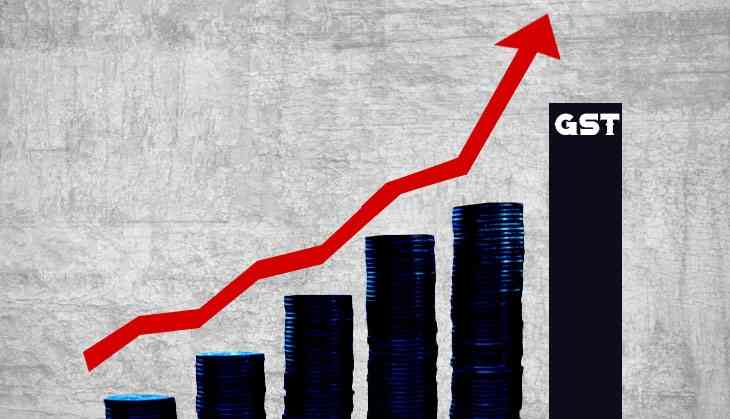GST isn't making things cheaper yet, exports badly hit

Much against the expectations of the government, the Goods and Services Tax (GST) has not had a deflationary effect in the country. Quite the contrary, actually.
Retail inflation for the month of July rose by 2.36%, as against 1.46% the month before. July was the first month since GST coming into force.
Even at 2.36%, the inflation is under the RBI's targeted range of 4%-6%. Yet, it is a cause for concern for the government, as a further rise in retail prices in the country will prompt the central bank to hold policy rates.
Retail prices of clothing and footwear items increased by 4.22%, while those of sugar and confectionery items went up by 8.27% in July. Items like pan, tobacco and intoxicants turned dearer by 6.39%.
Exports sector
Another area that has been hit by GST is the exports sector. Handmade carpet consignments worth Rs 300 crore were held back in July.
India exported $22.54 billion worth of goods in July against $21.68 billion in the same month last year, according to data released by the government
The Engineering Export Promotion Council (EEPC) has expressed concern over the structure of drawback refunds under the GST. The engineering exporters' body said exporters were facing difficulties after GST came into effect, adding that under the current rules, the duty drawback for exporters would not be released till September-end or October.
The troubles do not end here. The supply of goods to export-oriented units from the domestic tariff area are not considered as 'deemed exports' under the GST regime, resulting in denial of duty-free imports of inputs under the “advance authorisation” scheme of the government.
According to TS Bhasin, chairman, EEPC India: “Several schemes for giving a boost to exporters by the commerce ministry have been turned upside down and their functioning has become extremely difficult or not viable.”
Apart from GST, the rising rupee has also posed problems for the exports sector. The rupee has appreciated about 6% against the US dollar since December 2016.
The trade deficit in the April-July period nearly doubled to $51.5 billion, compared to $26.99 billion in the same period last year.
Will there be a GDP spike?
Given the fact that India went for a four-tier structure under the GST regime, instead of one, it was impossible to keep all the traders in the country happy.
However, for the government, deciding the rate structure for different goods and services is an ongoing process. A month after the roll-out of the centralised tax regime, the GST Council revised rates on 19 services.
Overall, the transition to GST has been smooth, but it remains to be seen whether the government manages to report a spike in the country's GDP growth, as projected before the implementation of the 'one nation, one tax' regime.
First published: 16 August 2017, 20:33 IST
